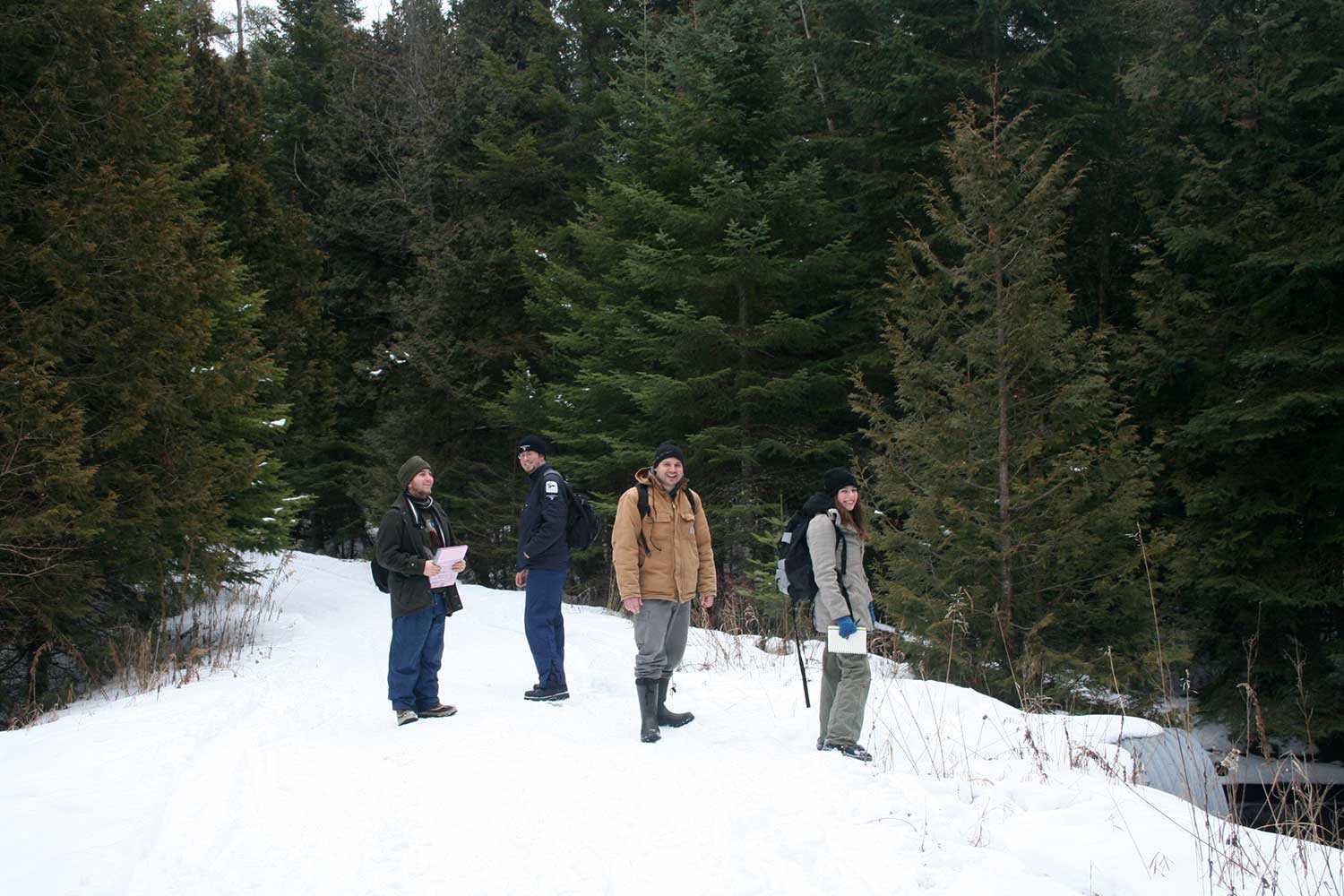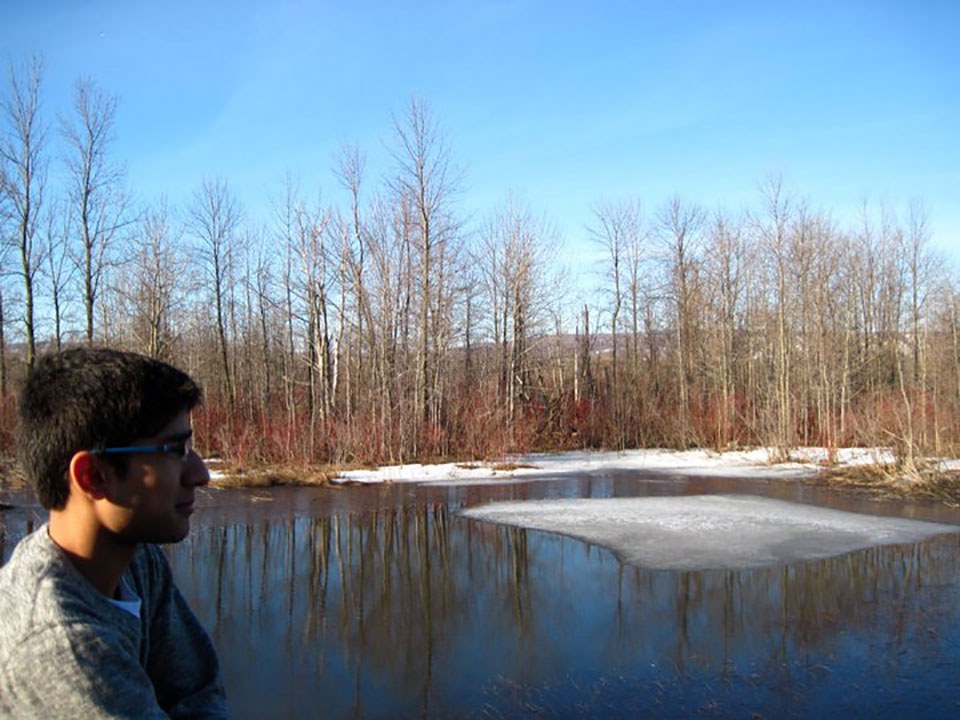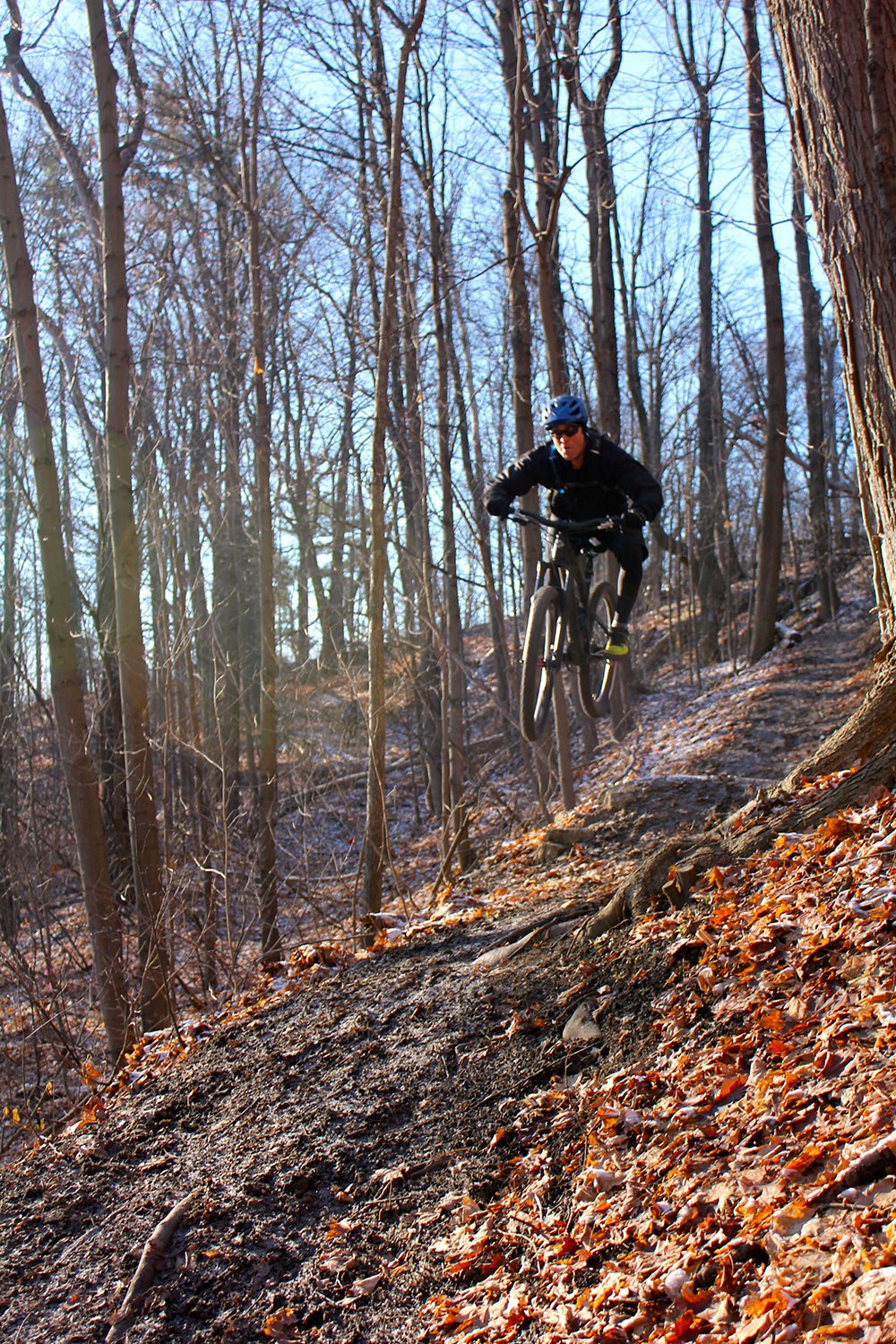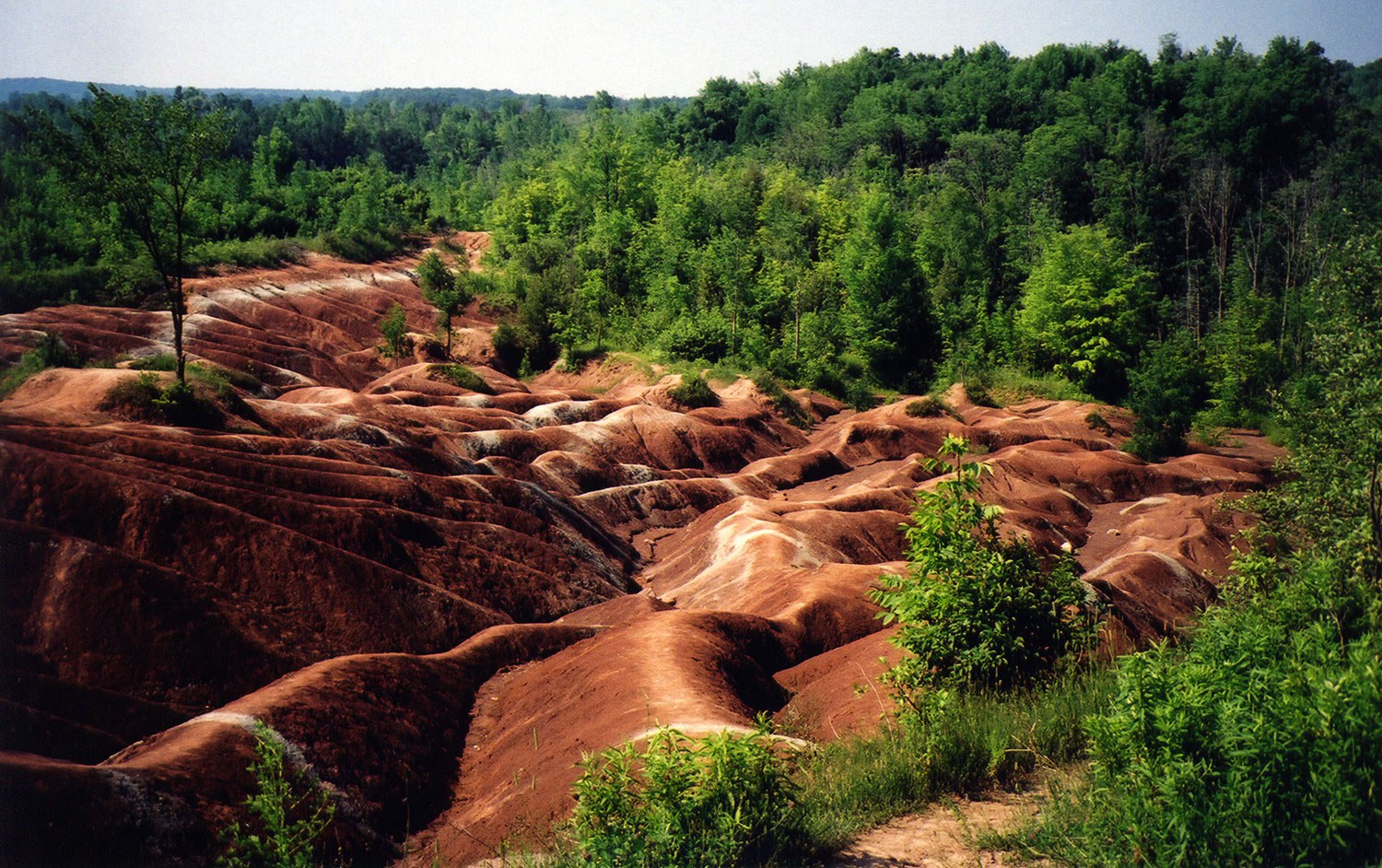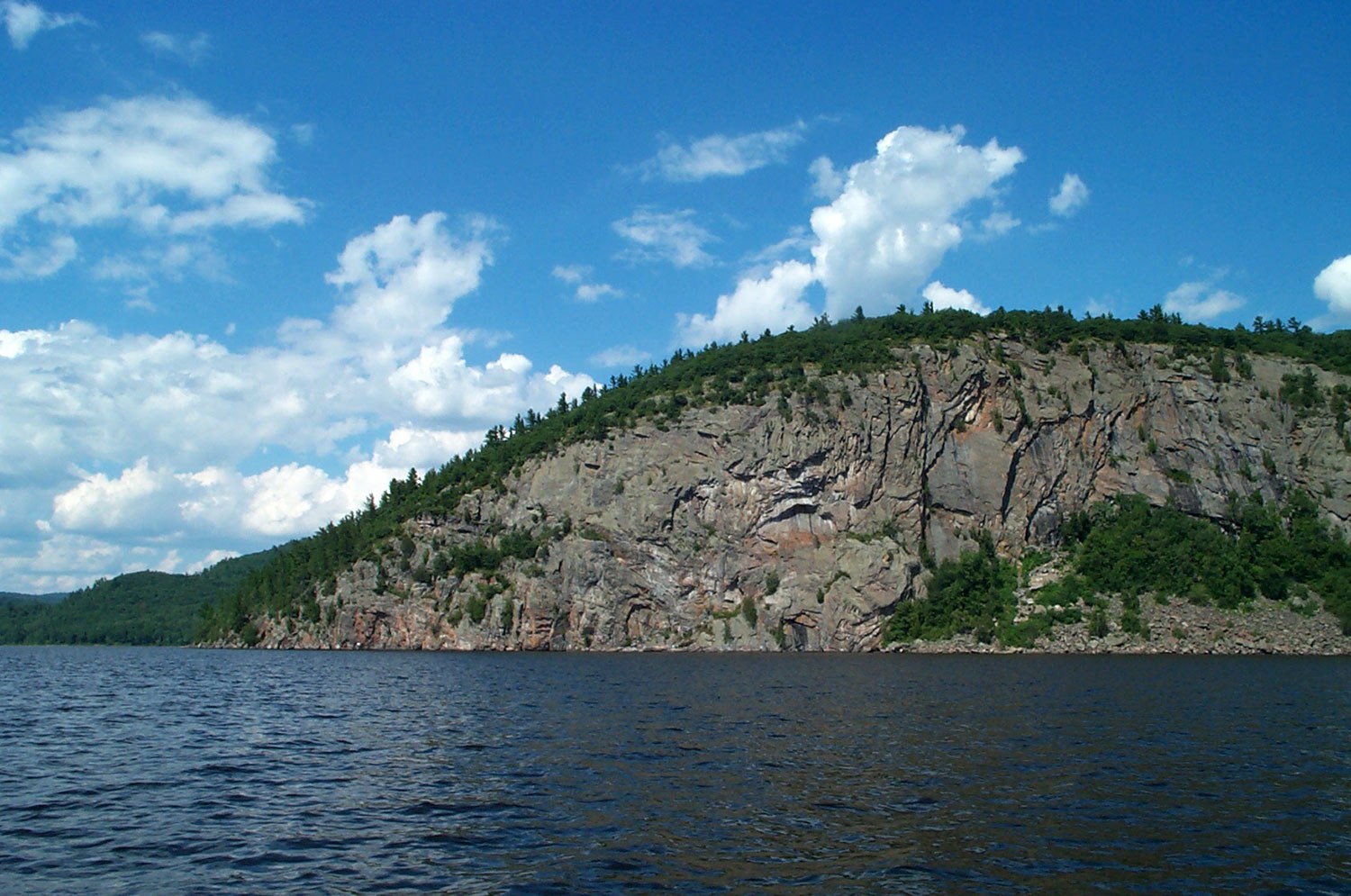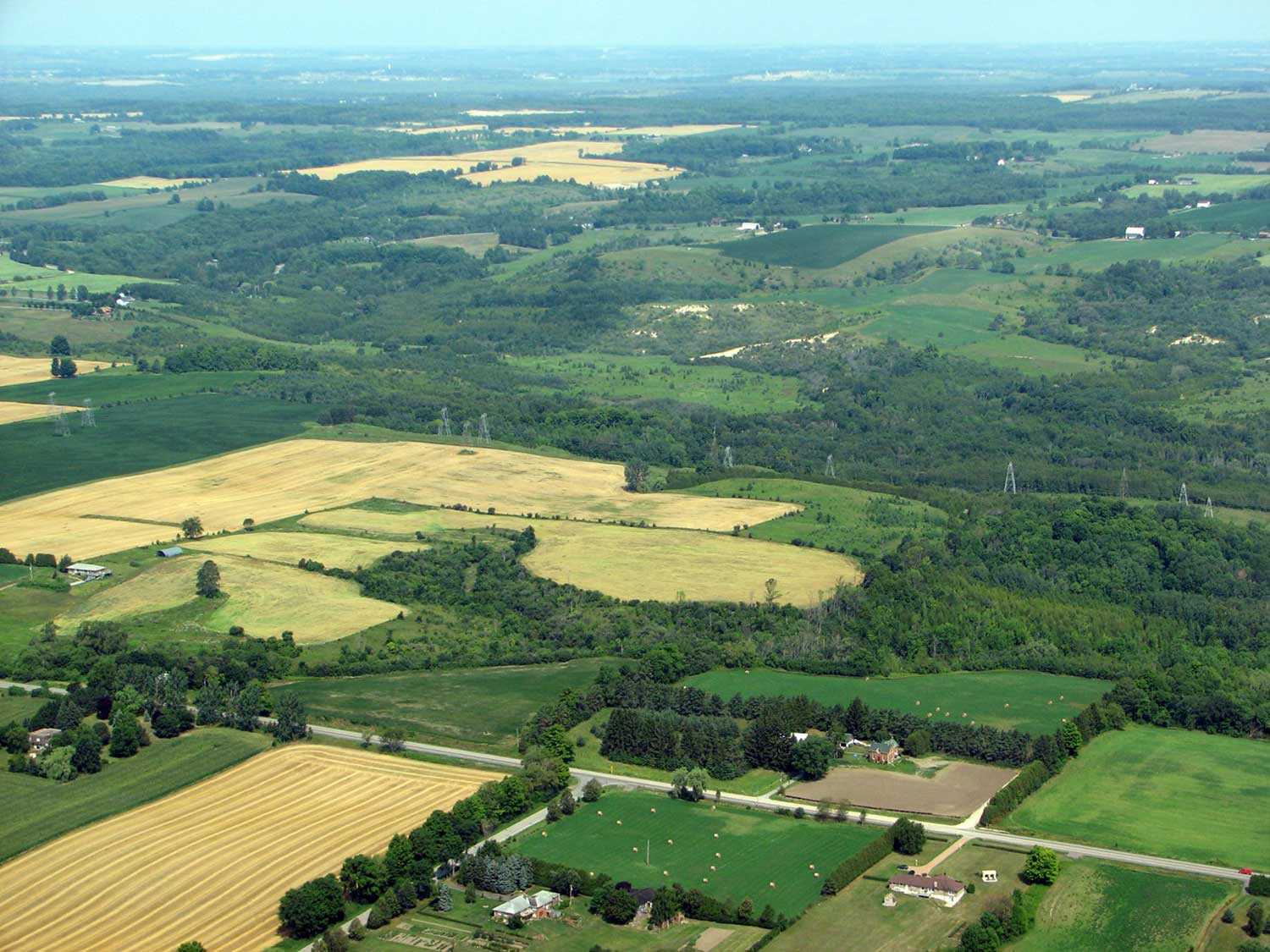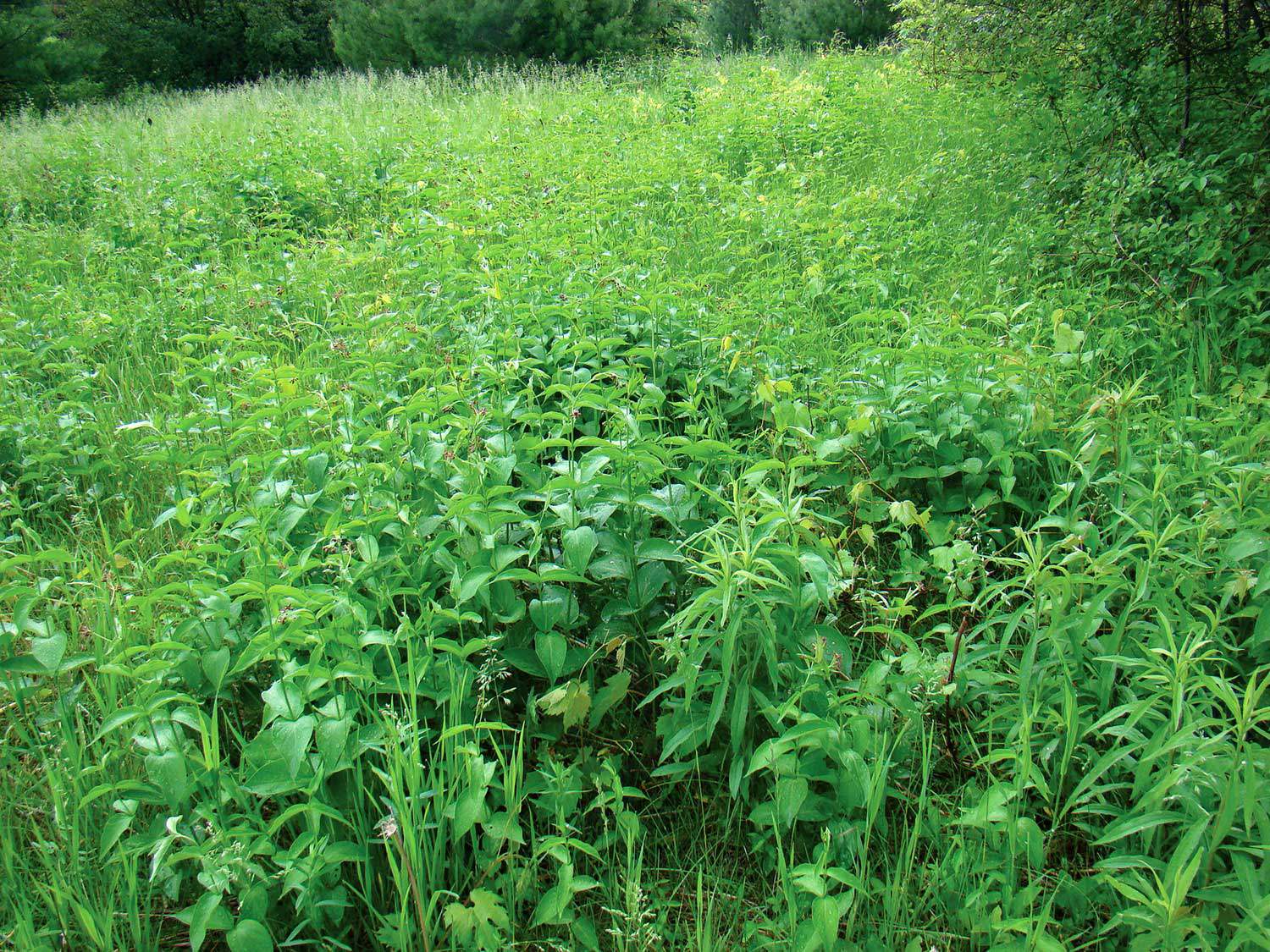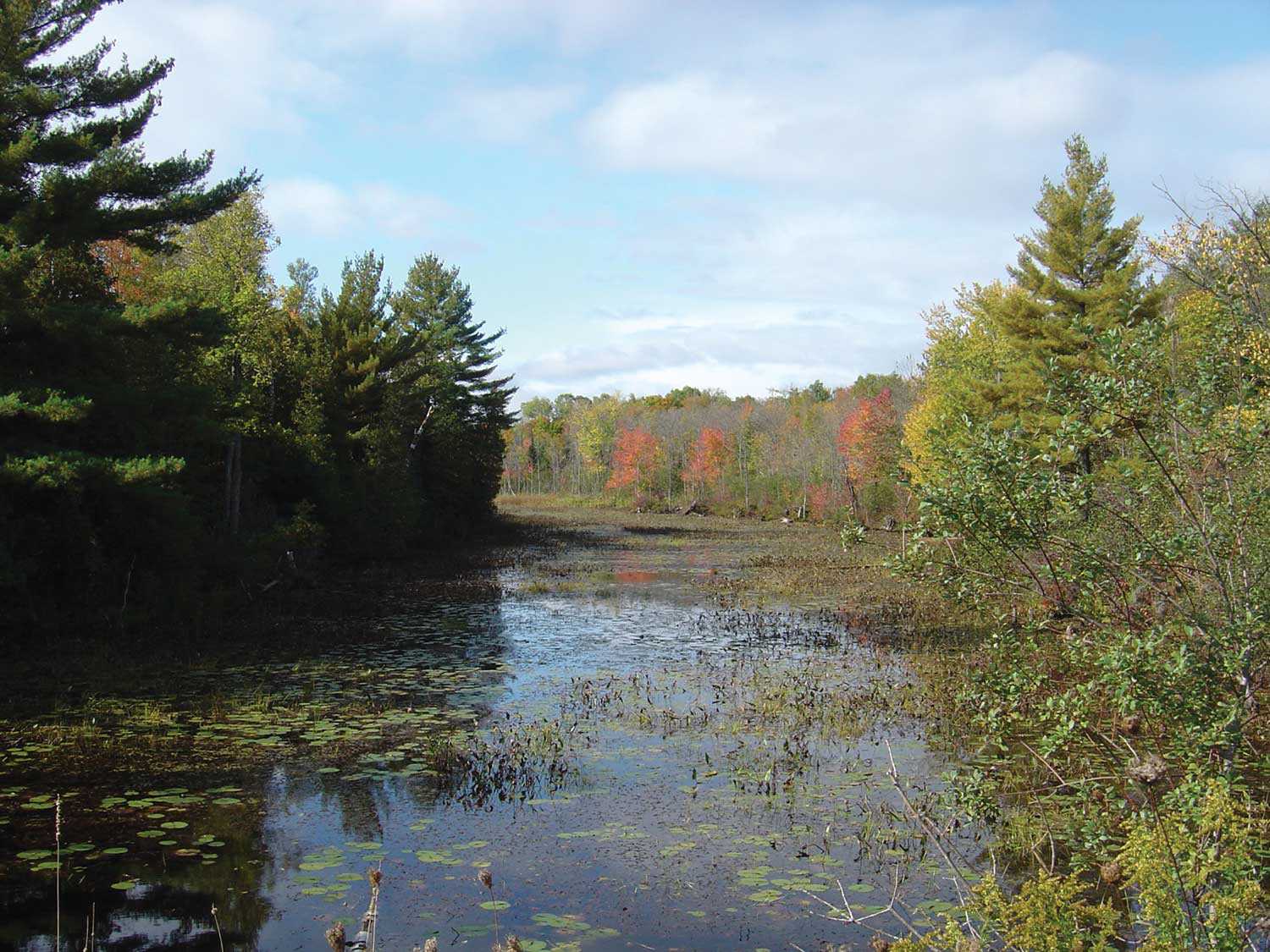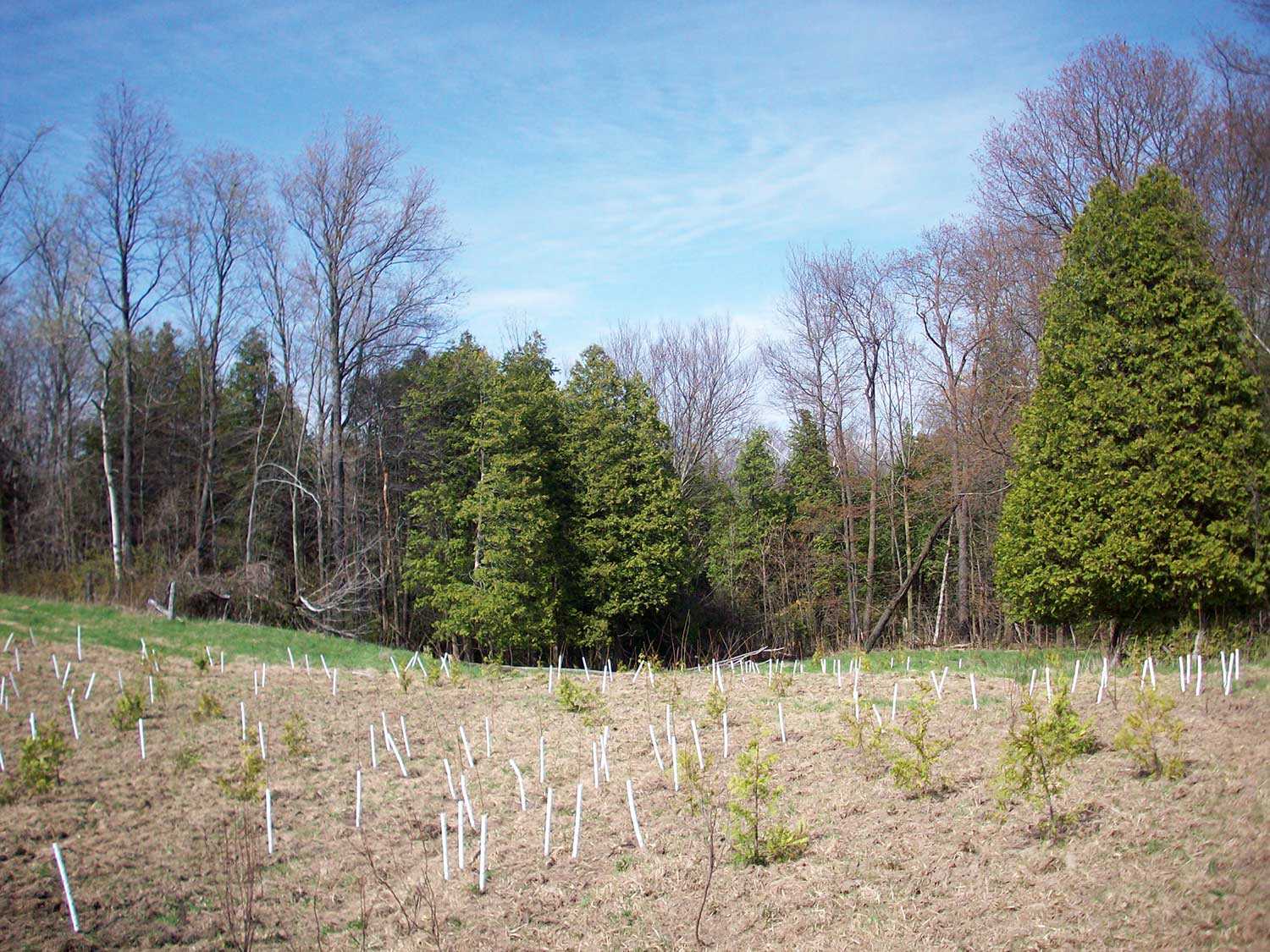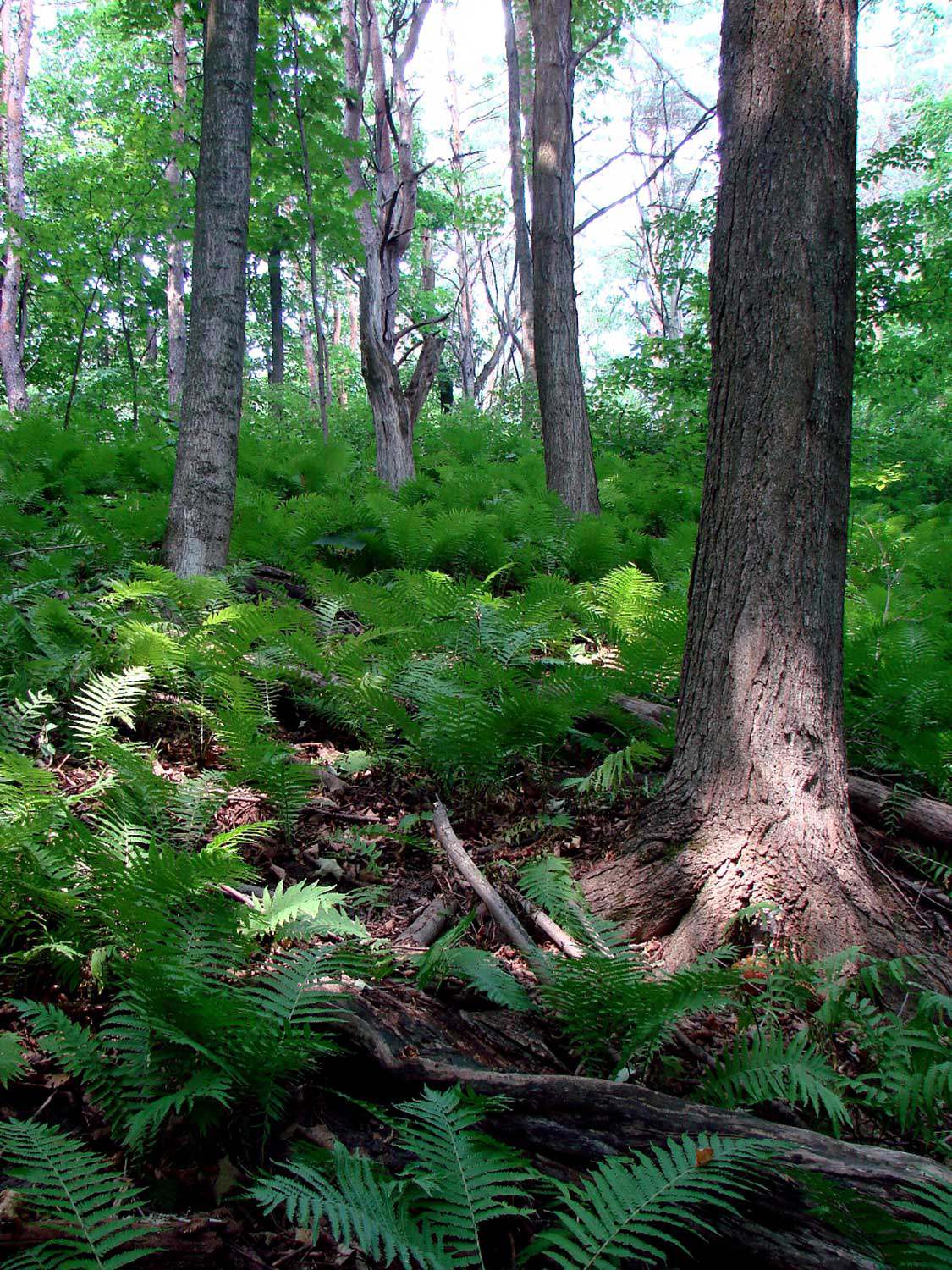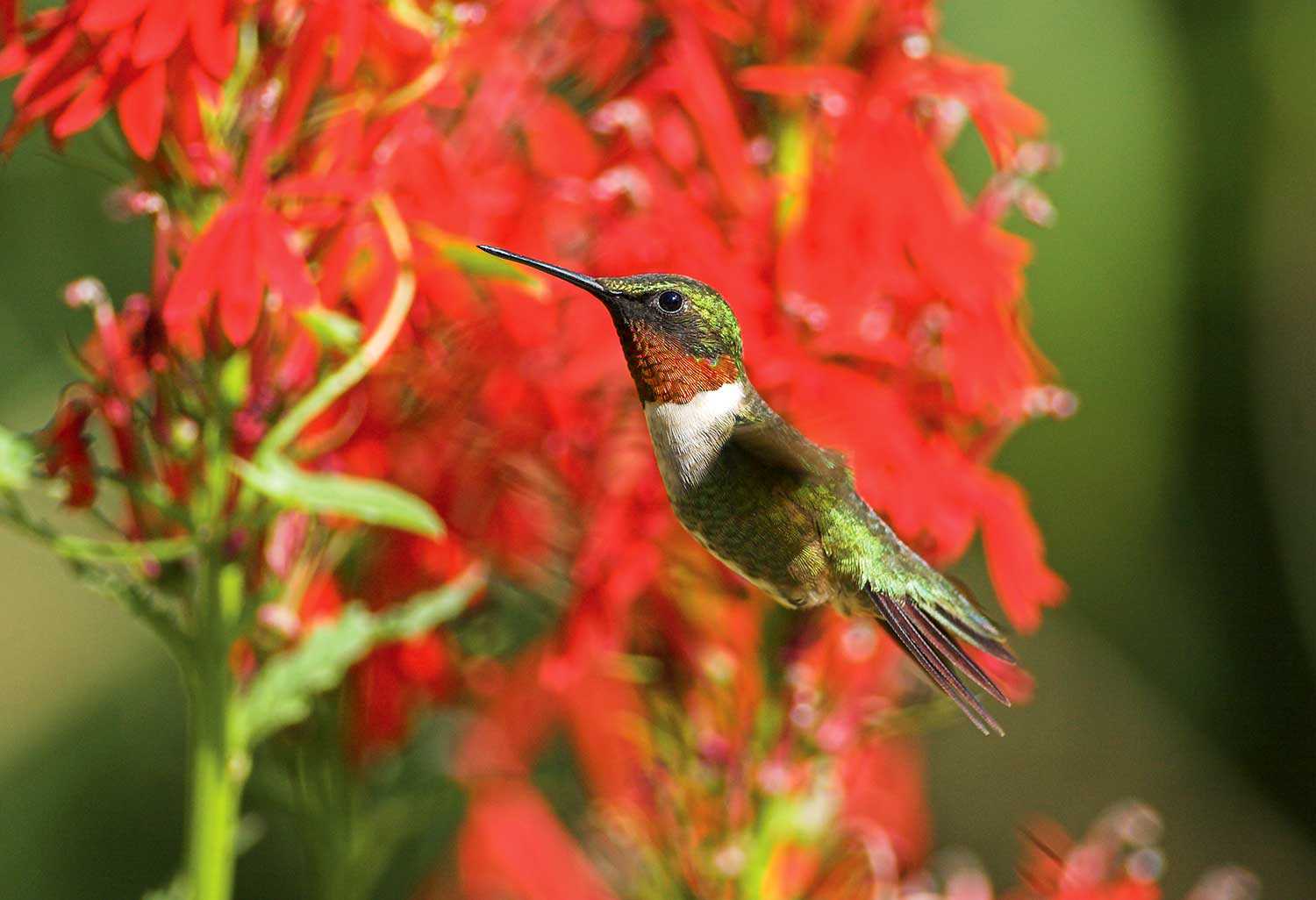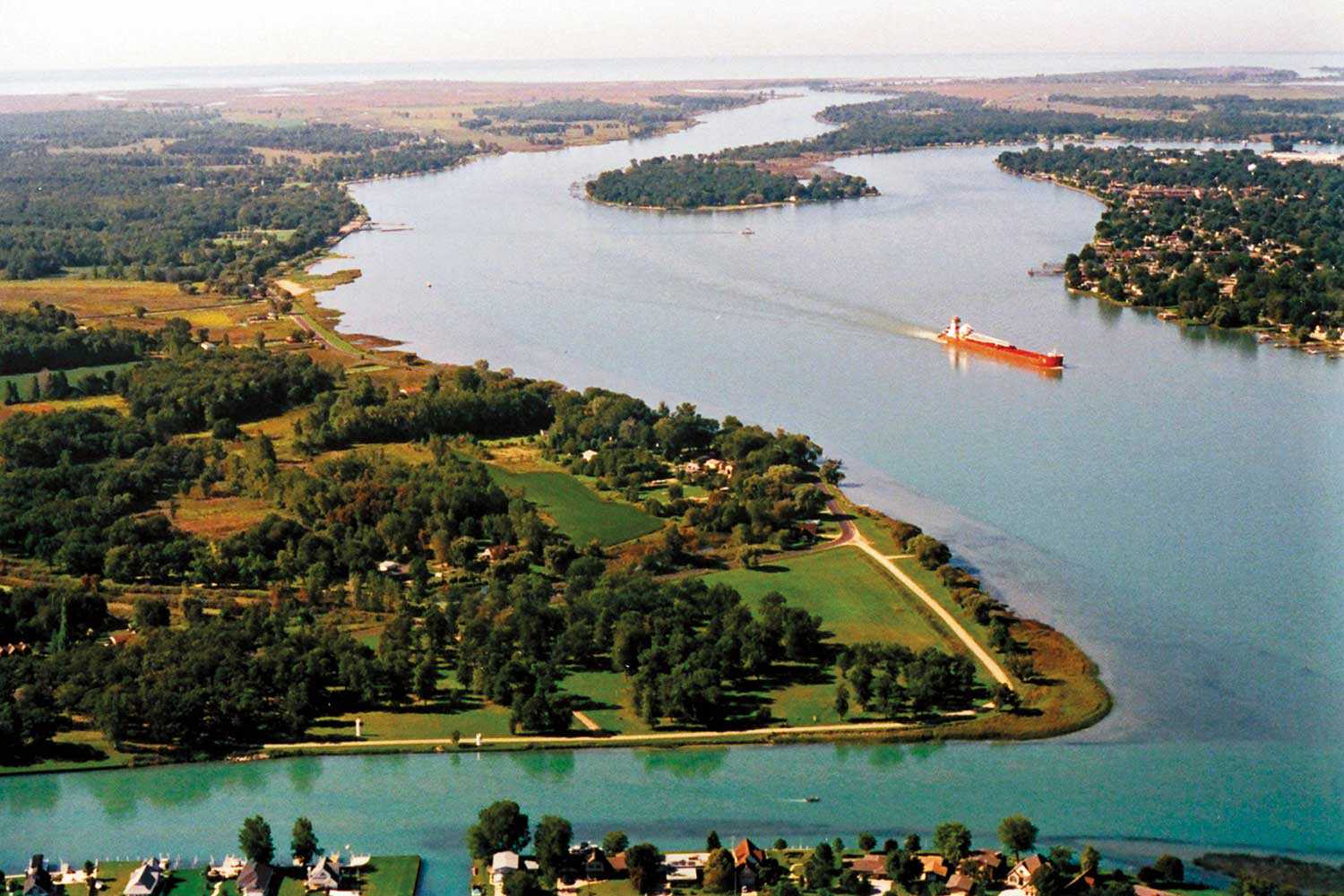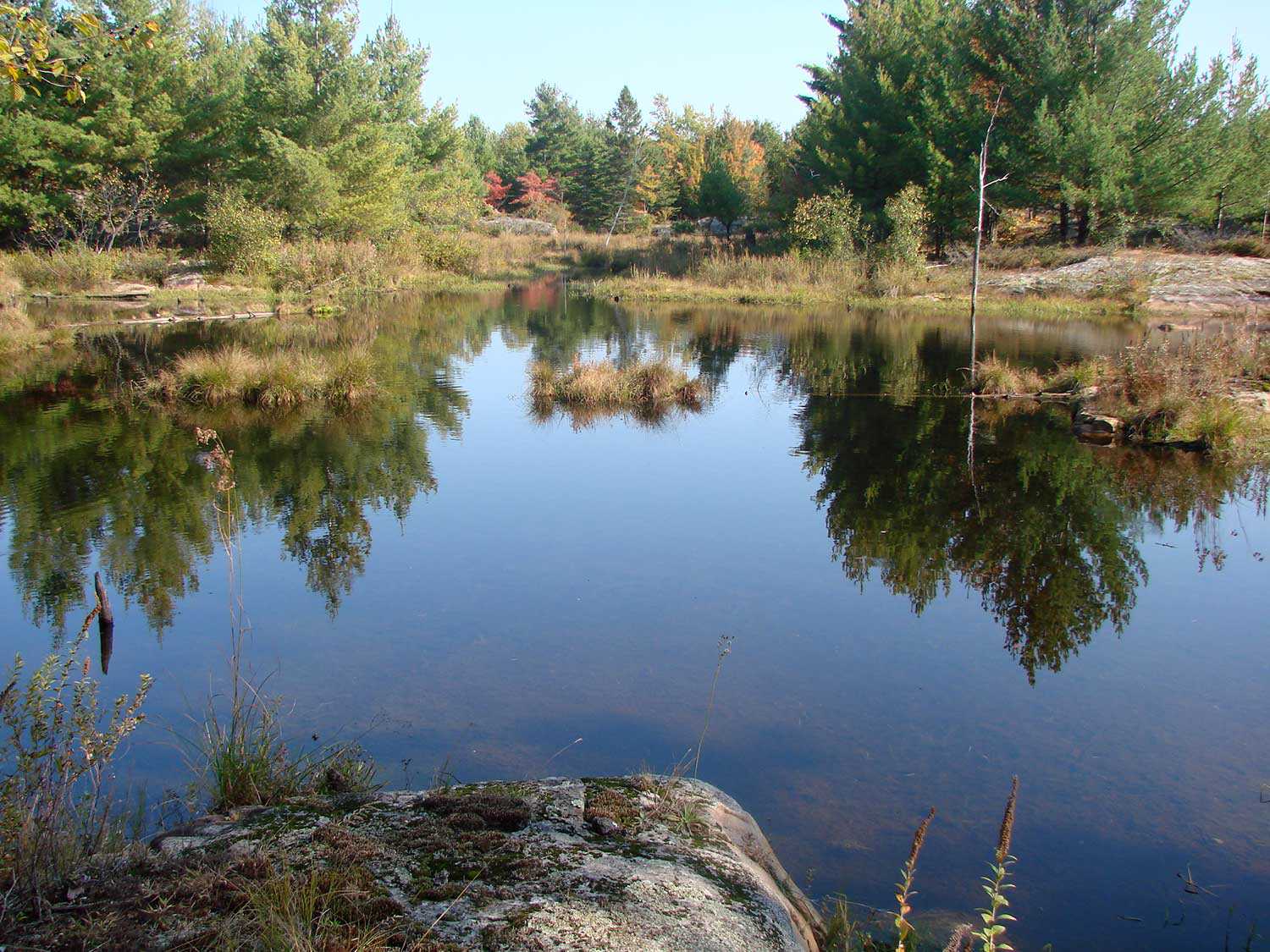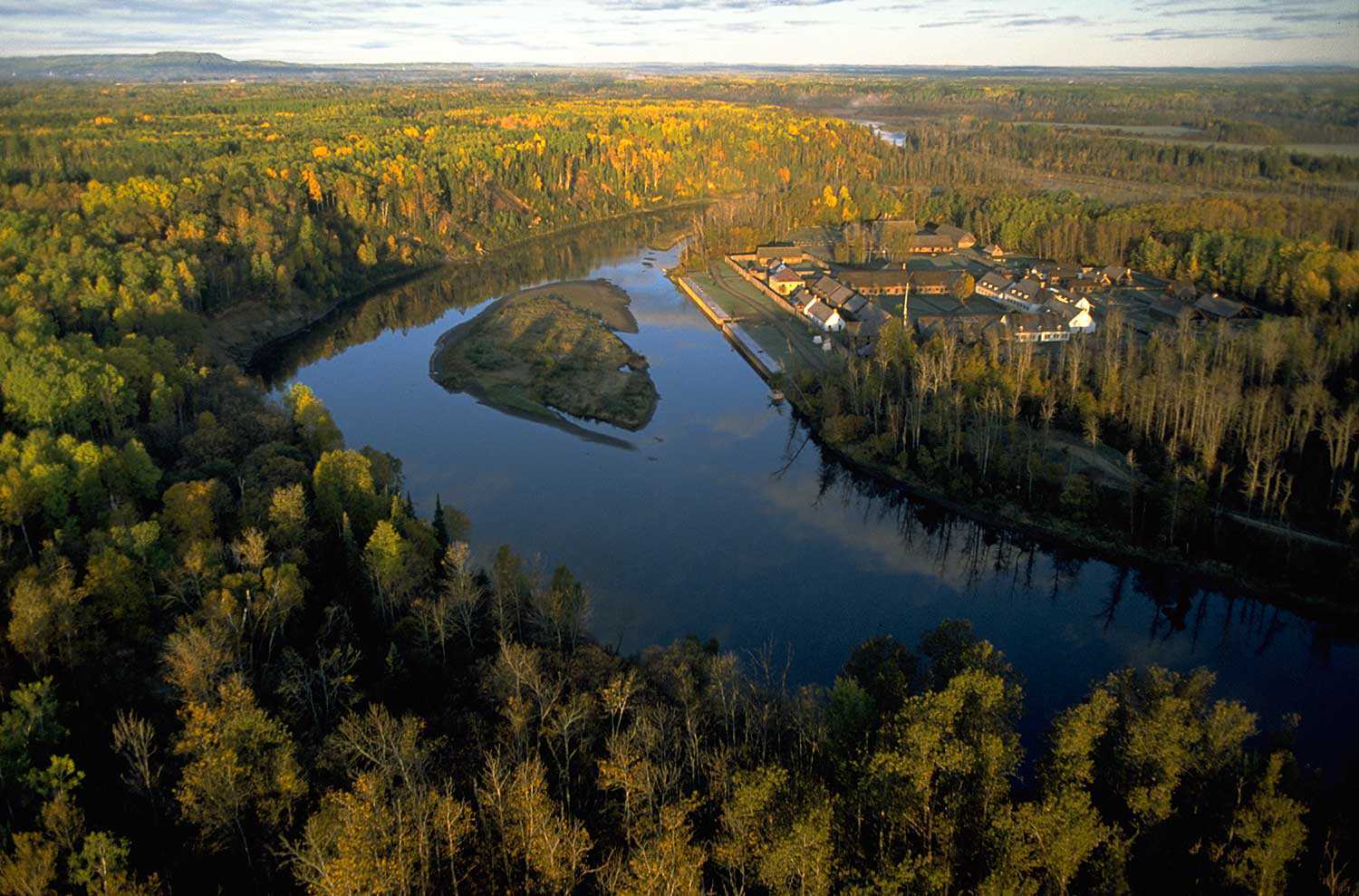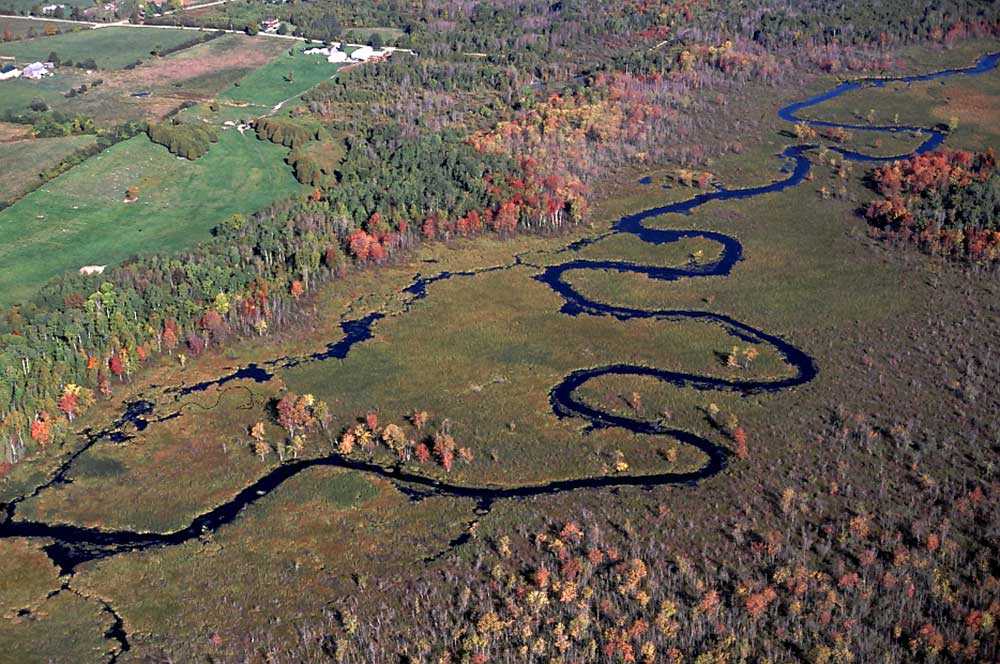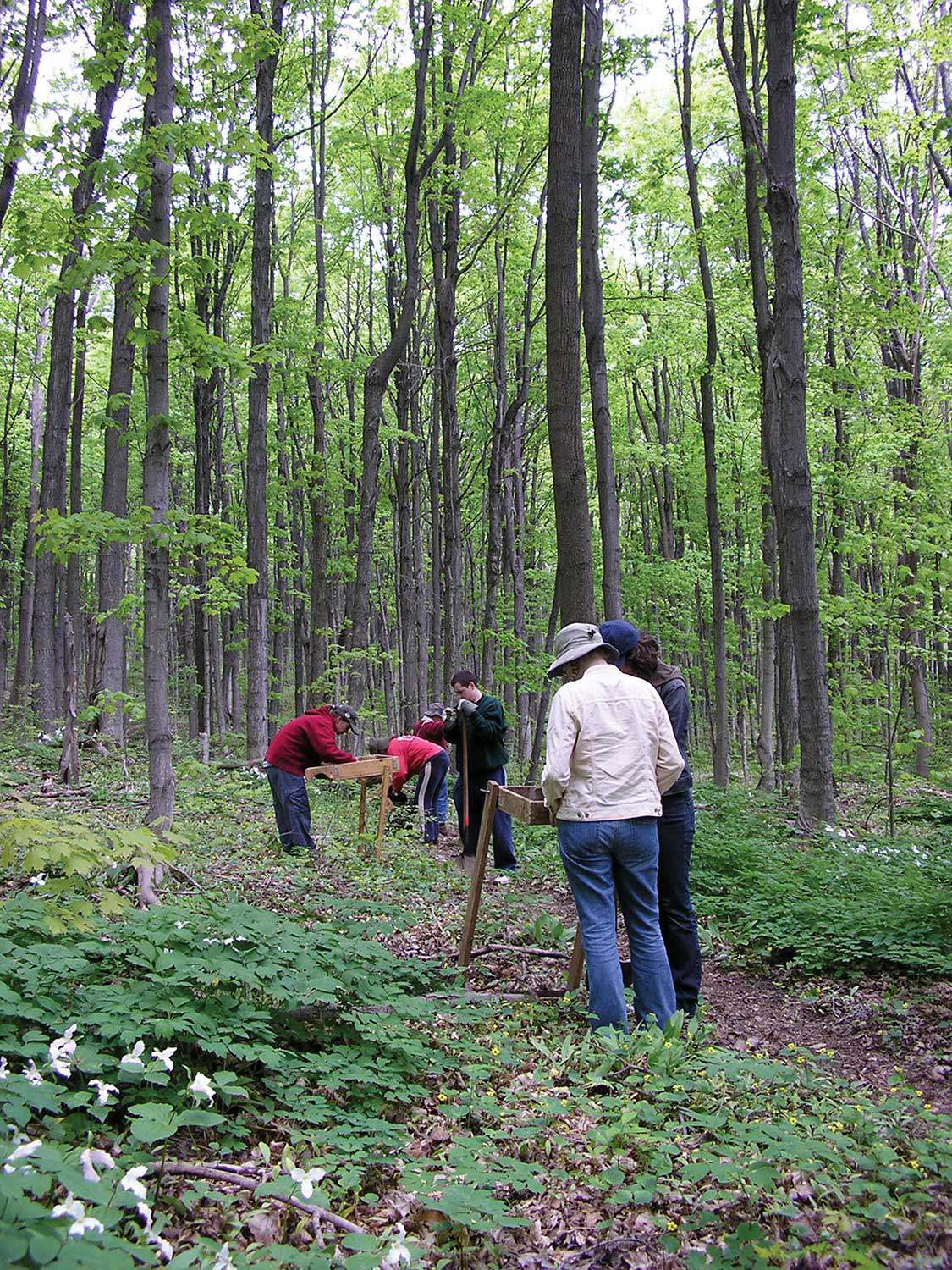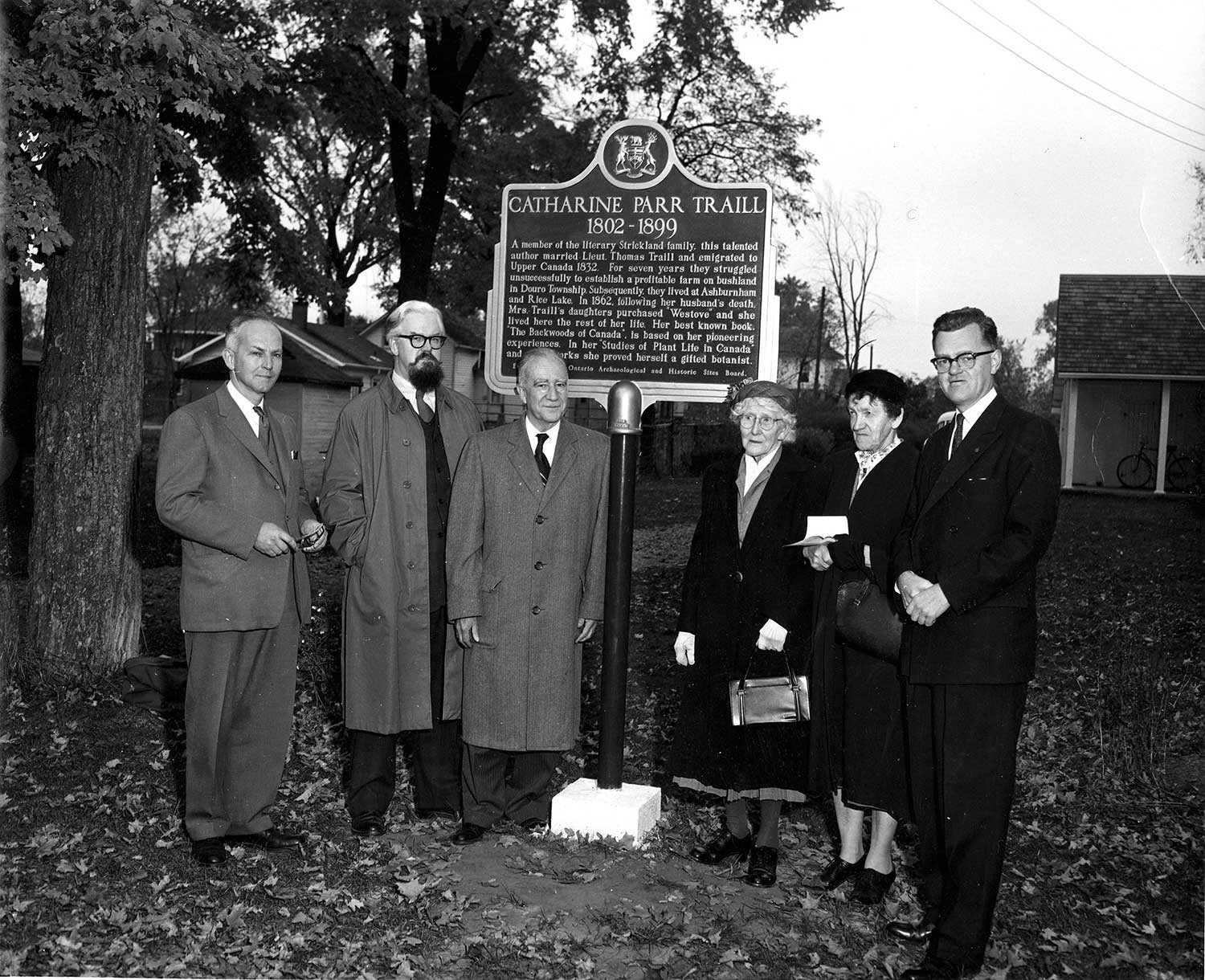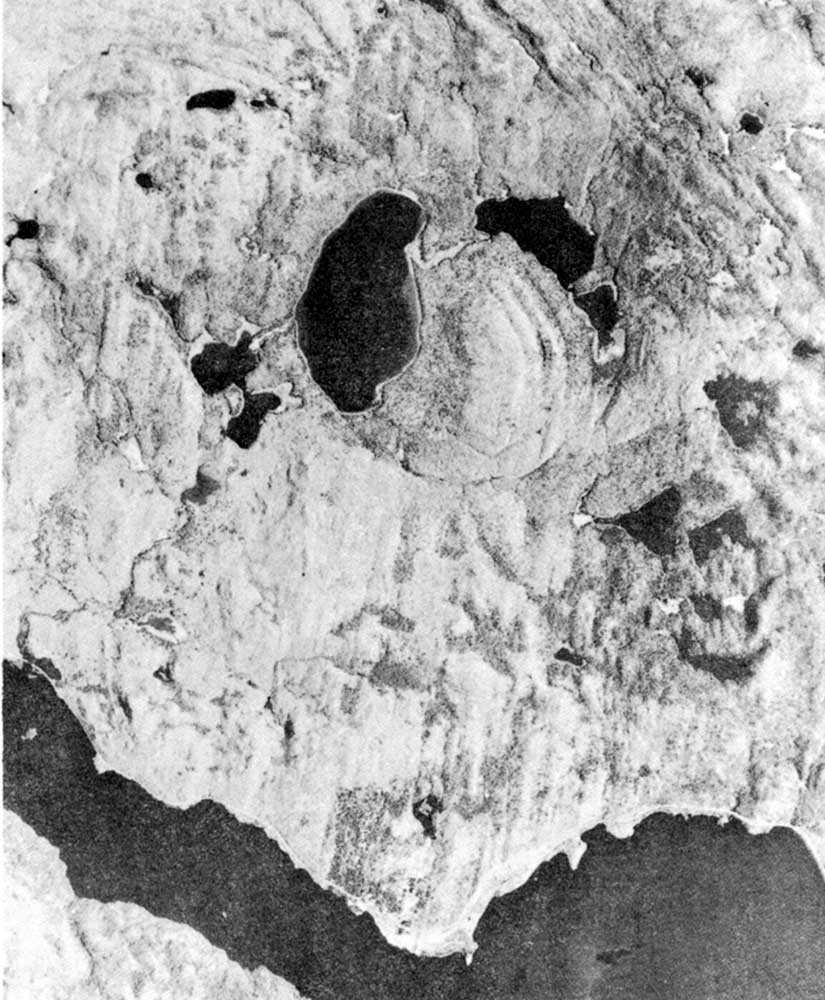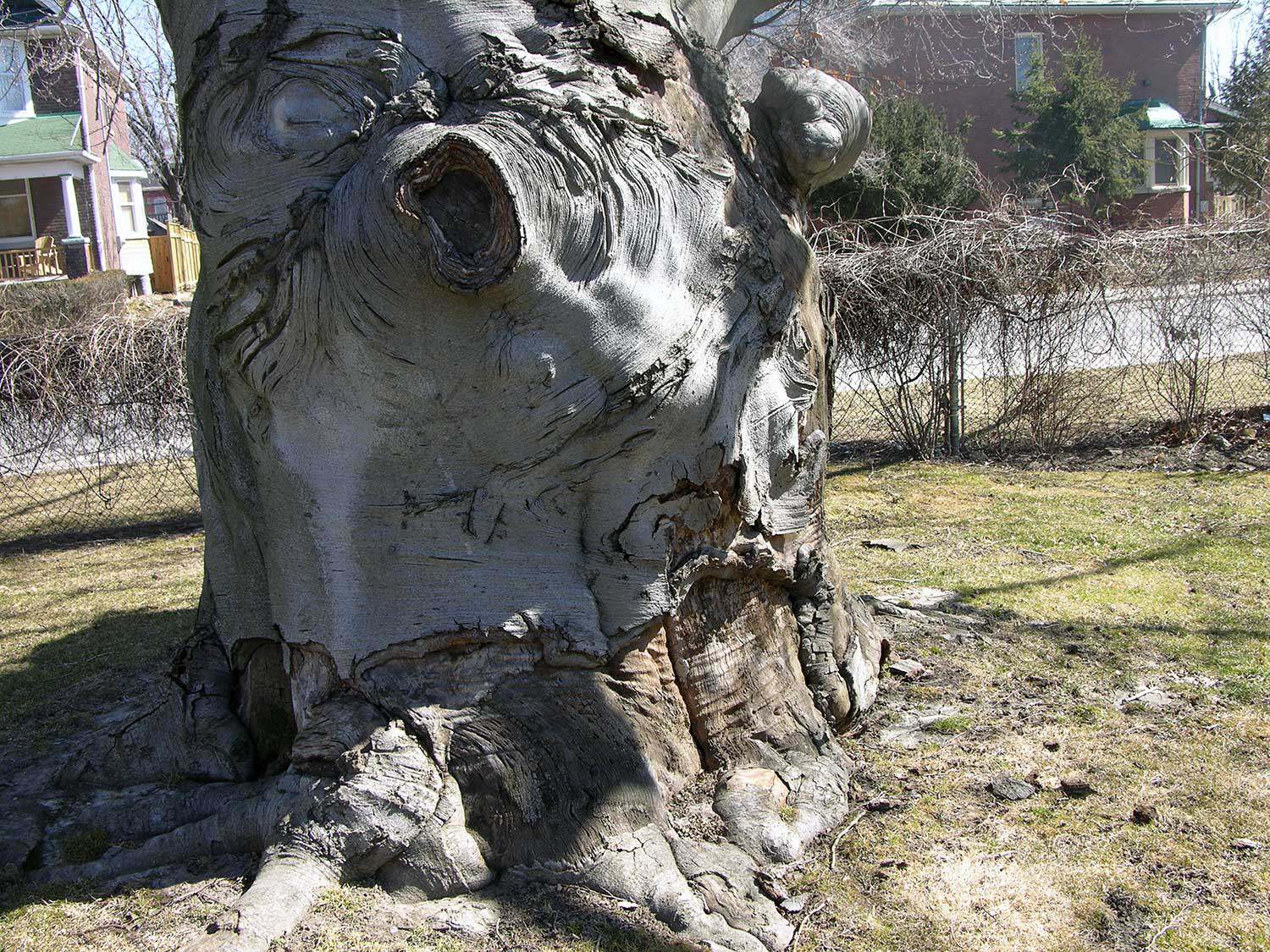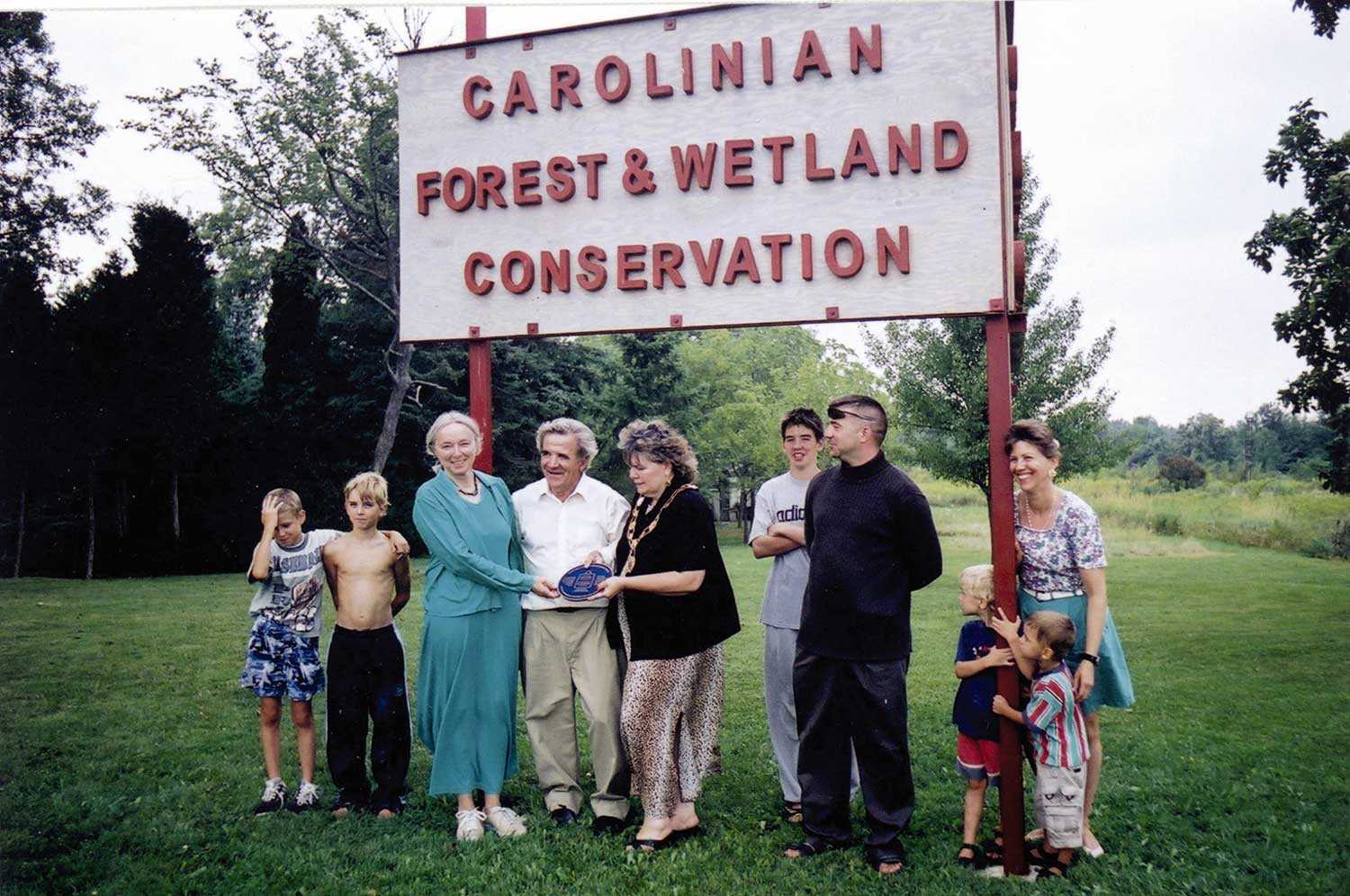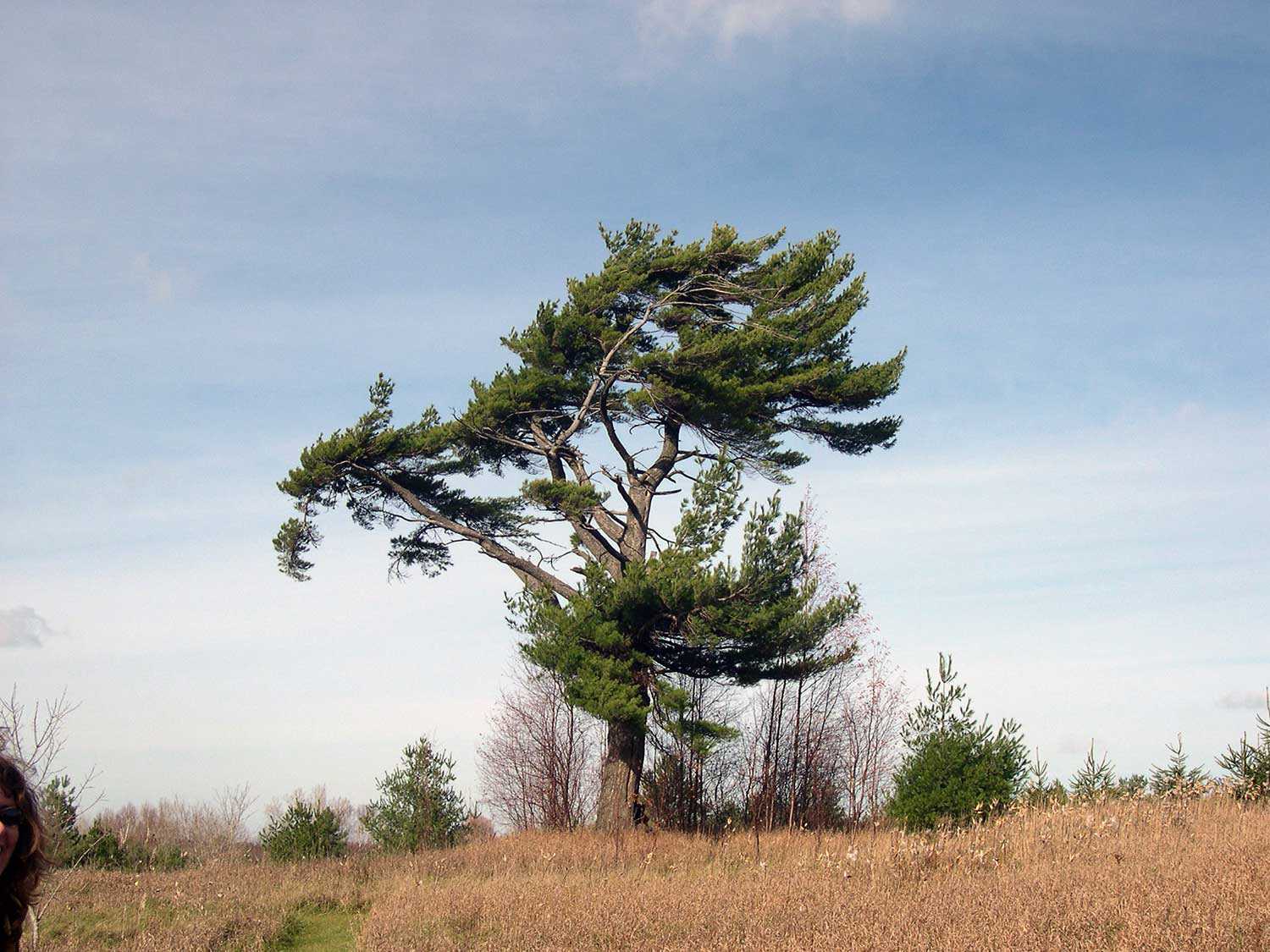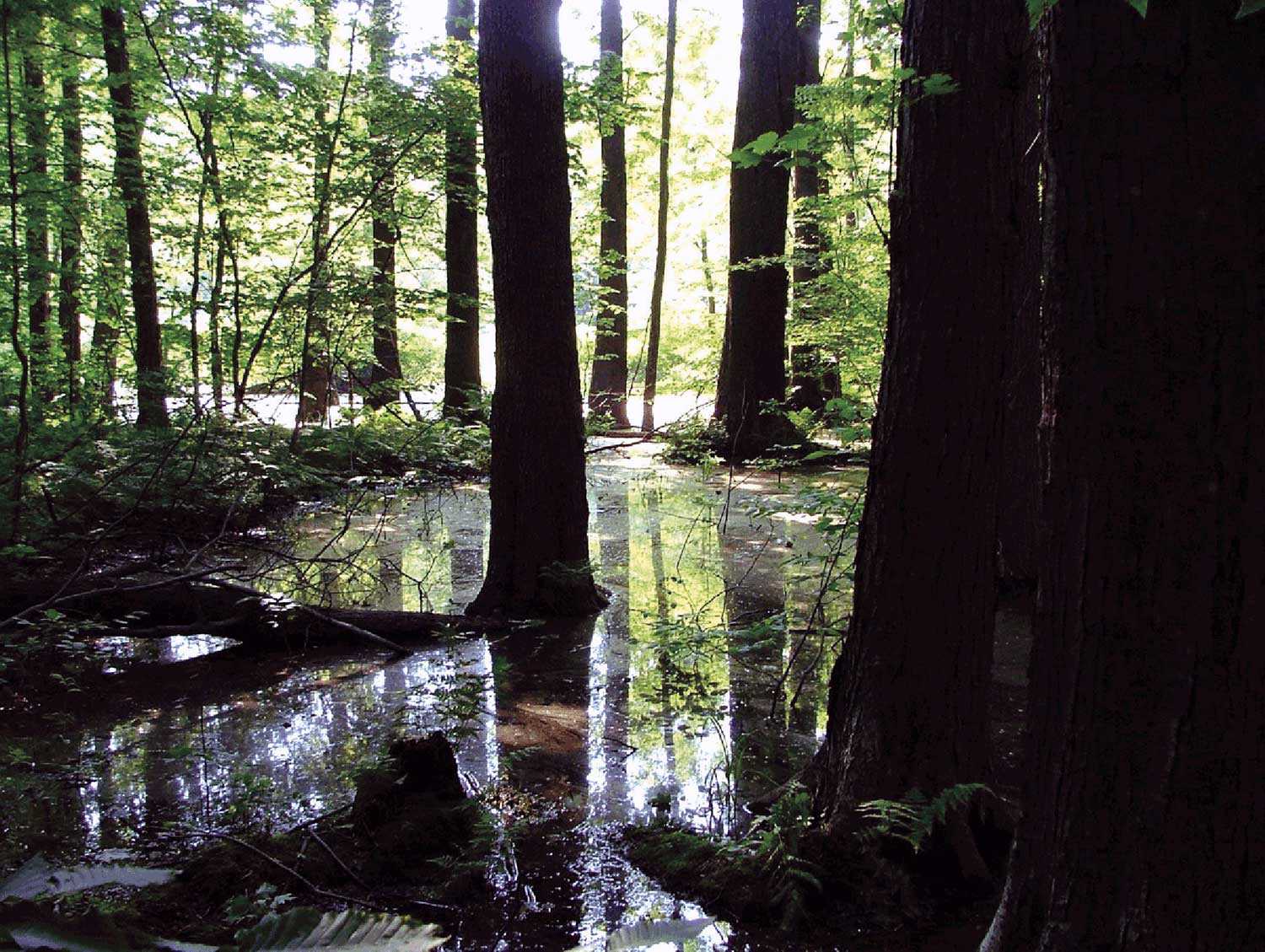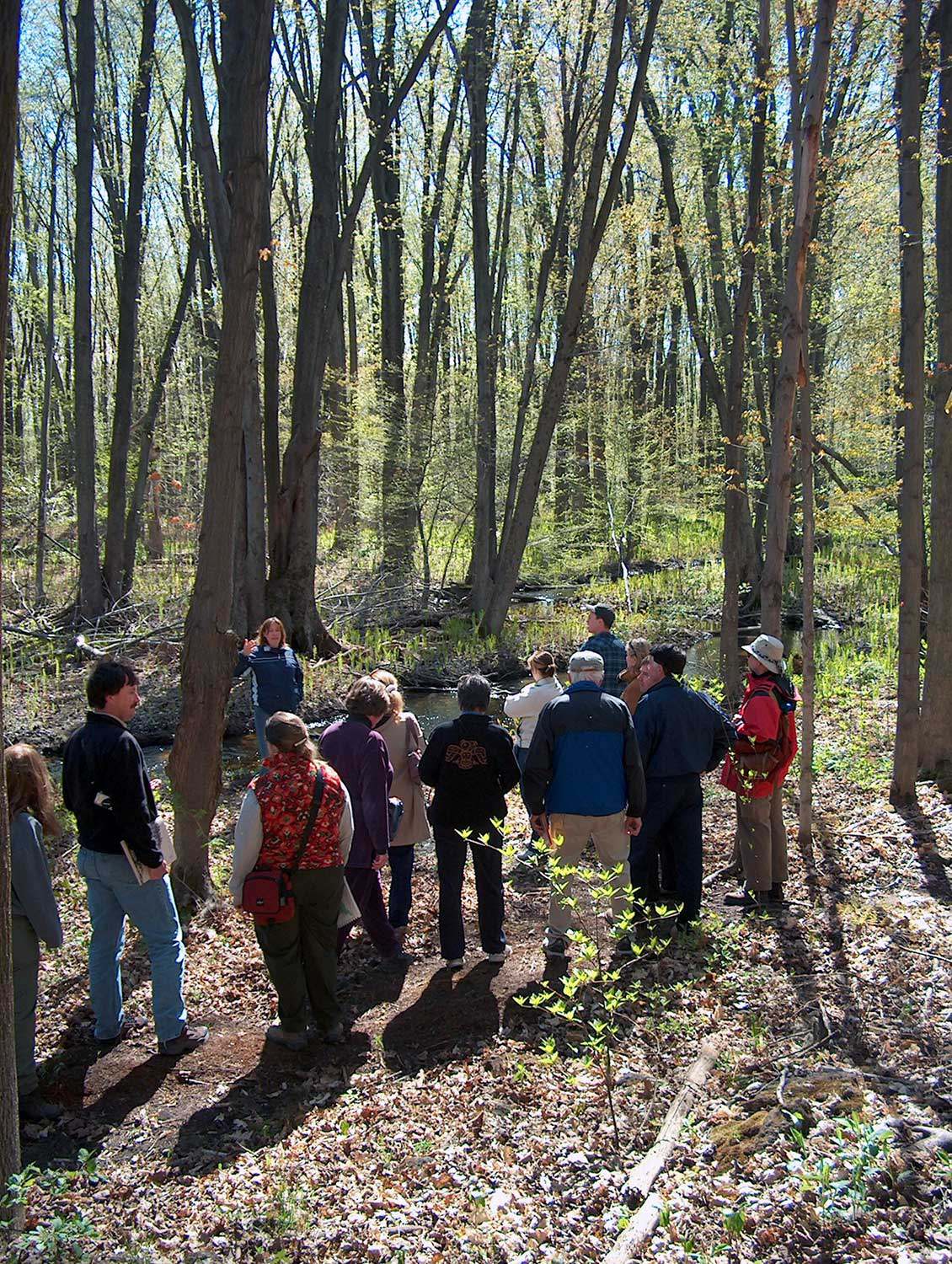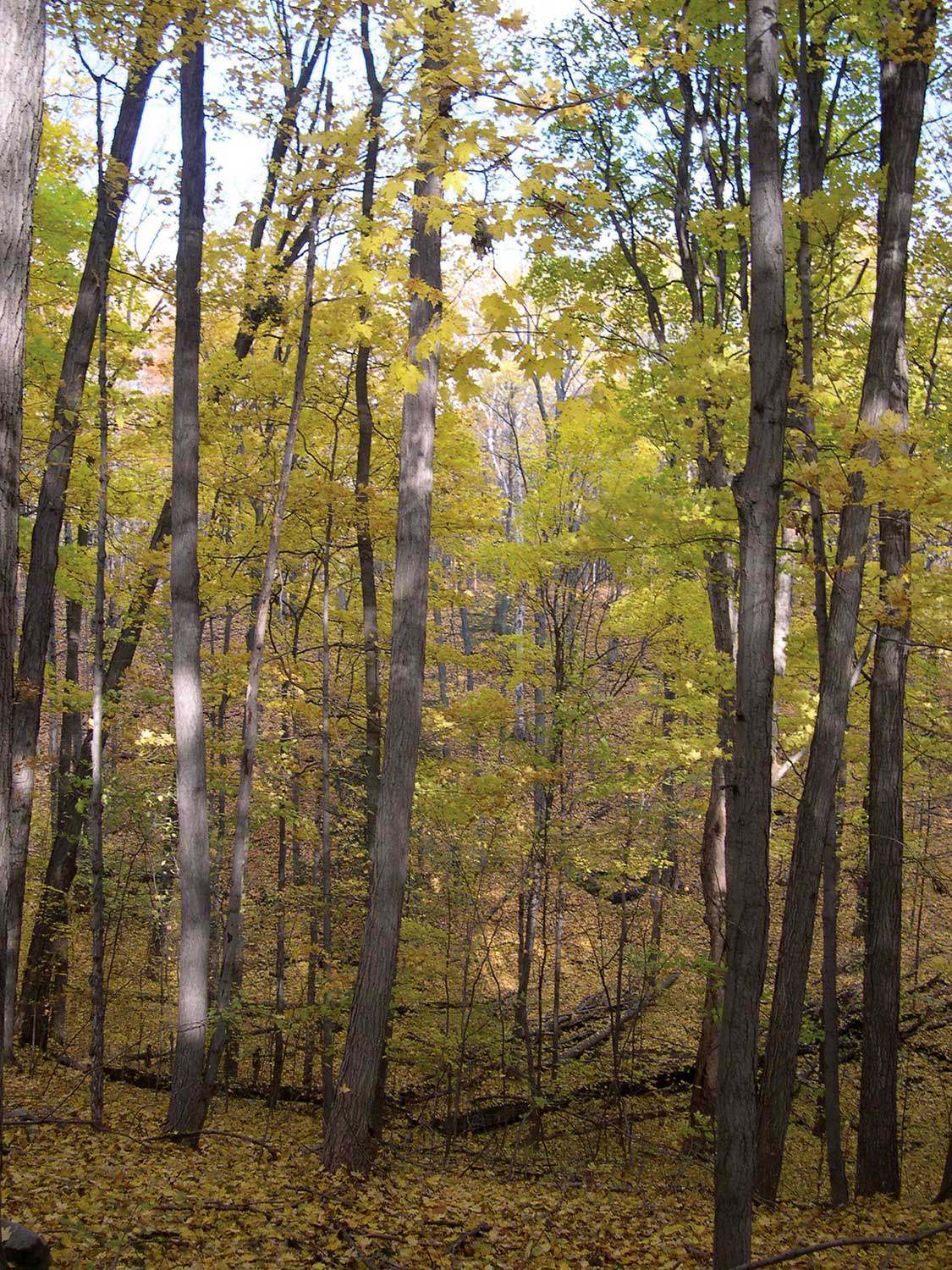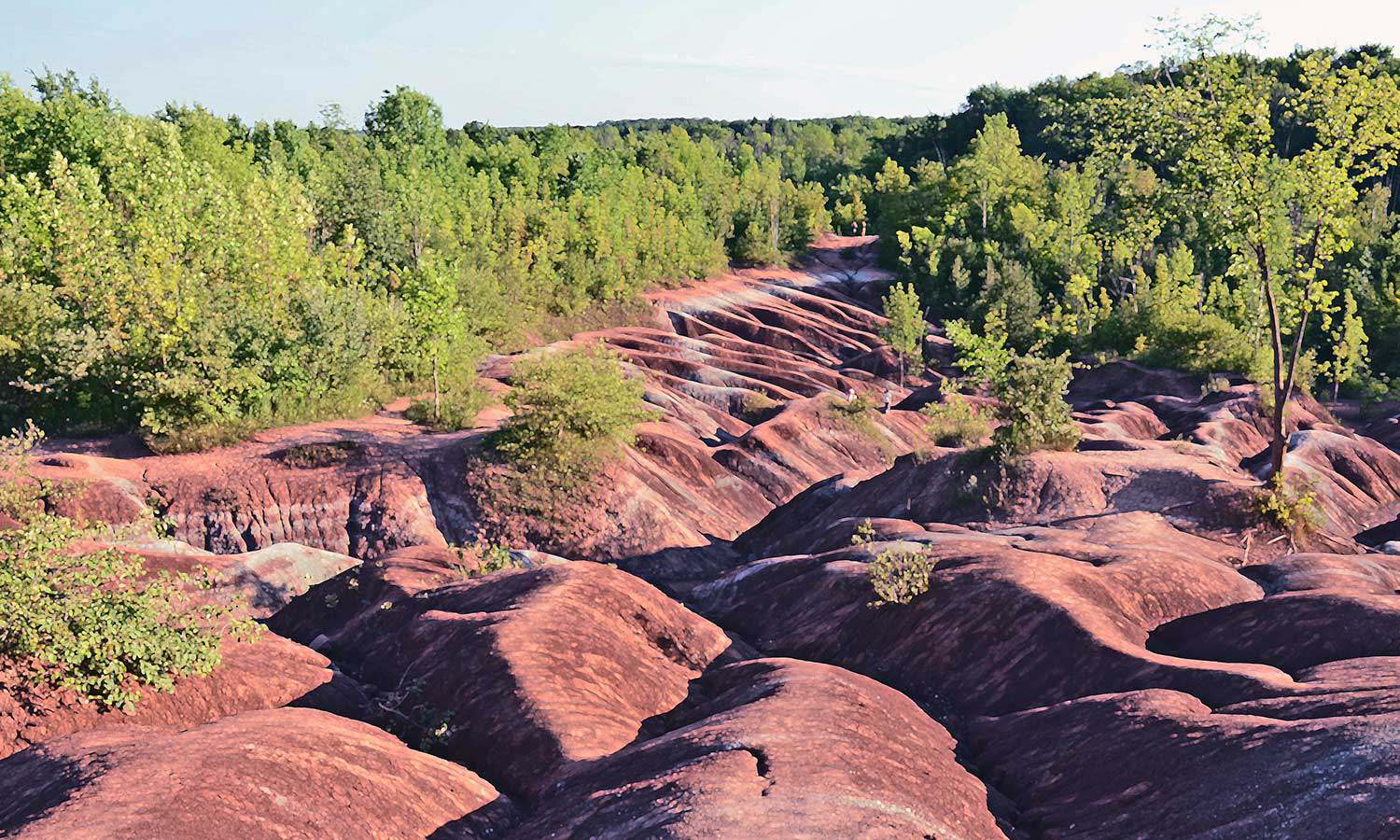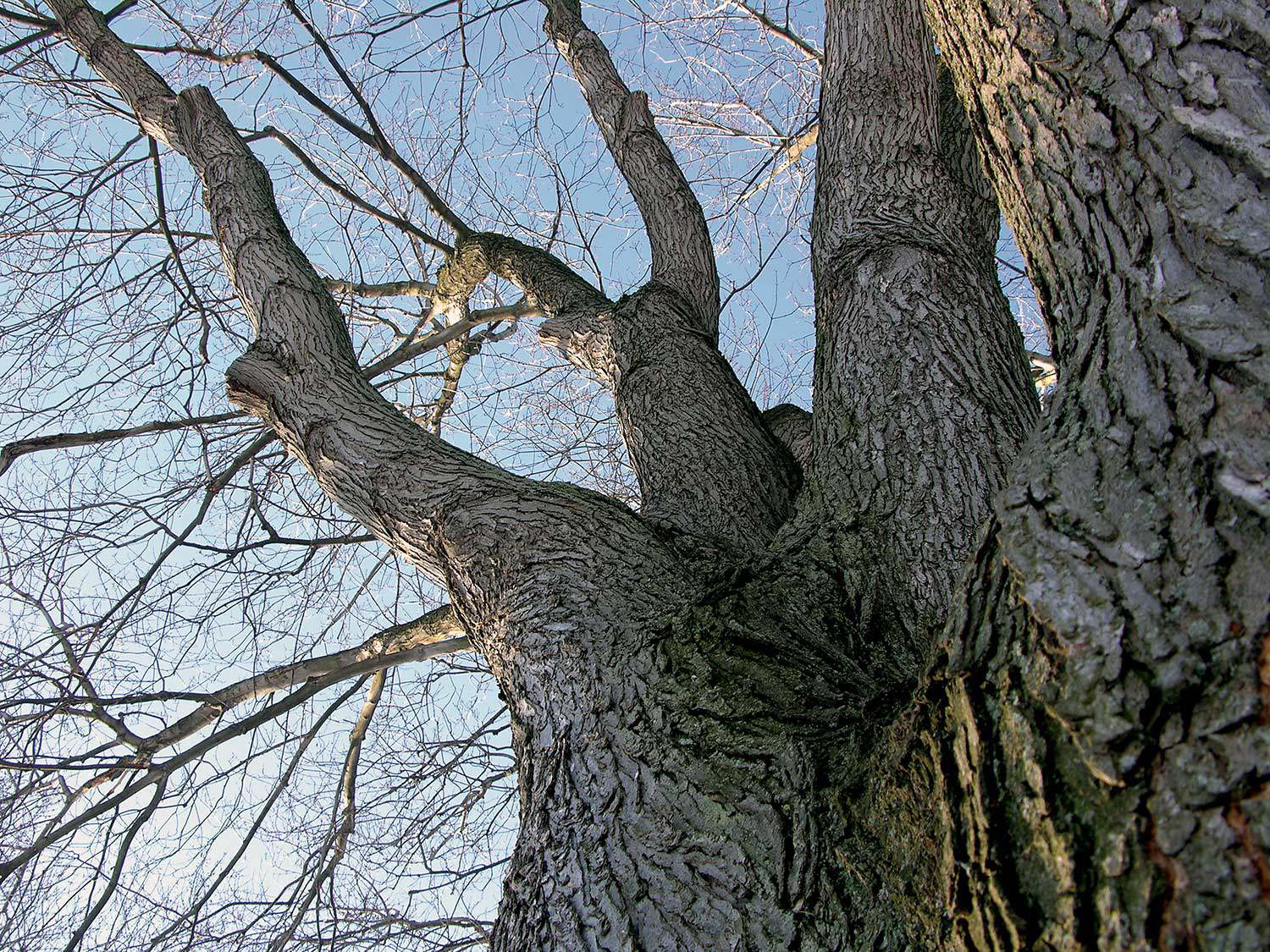

Browse by category
- Adaptive reuse
- Archaeology
- Arts and creativity
- Black heritage
- Buildings and architecture
- Communication
- Community
- Cultural landscapes
- Cultural objects
- Design
- Economics of heritage
- Environment
- Expanding the narrative
- Food
- Francophone heritage
- Indigenous heritage
- Intangible heritage
- Medical heritage
- Military heritage
- MyOntario
- Natural heritage
- Sport heritage
- Tools for conservation
- Women's heritage
A plantation management strategy for Fleetwood Creek Natural Area
Fleetwood Creek Natural Area, a 360-hectare (890-acre) property on the Oak Ridges Moraine, is valued for its unique post-glacial geographic features, diverse resident breeding bird population and importance as a location for significant cold-water headwater streams. The site has been recognized as a Provincially Significant Earth and Life Sciences Area of Natural and Scientific Interest.
A former family farm, Fleetwood Creek was acquired by the Ontario Heritage Trust in 1985 with the intention of preserving the property’s provincially significant features. It encompasses 30 hectares (75 acres) of red pine, Scots pine and white spruce plantations. The Trust partnered with Sir Sandford Fleming College’s Ecosystem Management Technology (EMT) program in devising a plan to increase biodiversity by describing management strategies within each plantation. Three students in their final year of the EMT program, enrolled in the Credit for Product course, spent four months conducting research, including field work, and analyzing results to propose an overall plantation management strategy.
The students suggested a selective cutting schedule that would allow for the growth of natural vegetation, while diminishing the growth potential of invasive species. They also recommended leaving the cut trees to improve the composition of the forest floor and understorey. The plan will increase biodiversity in Fleetwood Creek and provide habitat and feeding opportunities for native wildlife.
Through the Credit for Product course, EMT students spend four months with one organization designing and managing an ecology project. They conduct literature reviews, do field work and address other project requirements. In return, they receive valuable project management experience and build important professional relationships with environmental leaders.

